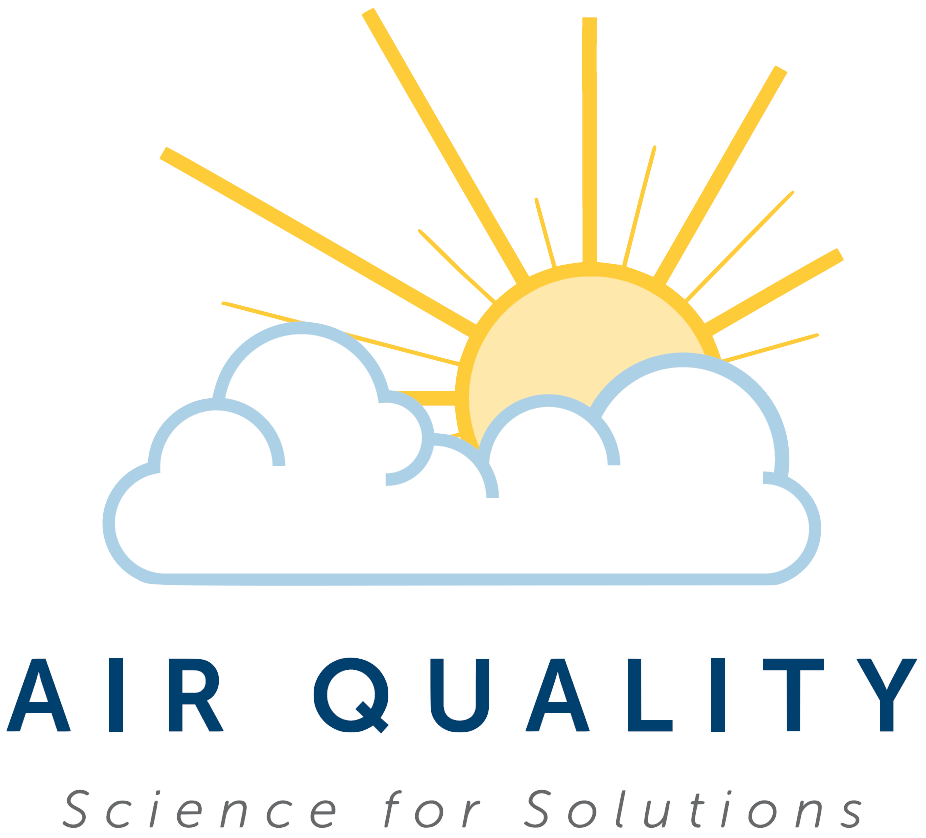
The conference will be LIVE at UDAQ this year (a streaming option will be available).
COVID Requirements will be the current recommendations from the Health Department.
7th Annual conference: Thursday,
March 30, 2023
Registration deadline: March 20, 2023.
Abstract
deadline: February 27, 2023.
Conference Schedule
You can download the 2023 Conference Flyer.
Conference Schedule
9:00 AM
Welcome
(Rachel & Kerry)
9:05 AM
Keynote
9:45 AM
Session 1: Wildfire Emissions
(Seth)
Demetrios Pagonis
10:25 AM
Break
10:45 AM
Session 2: Regional PM
(Demetrios)
11:45 AM
Lunch
12:15 PM
Posters
(Kathy and Jaron)
1:45 PM
Session 3: Emission Sources
(Kerry)
Darrell Sonntag
2:45 PM
Break
3:05 PM
Session 4: Summertime Ozone in the Wasatch Front
(Randy)
Jessica Haskins
Matthew Ninneman
4:25 PM
Poster awards & adjourn
(Kathy & Jaron)
Conference Posters
Characterizing Dust From National Wind Erosion Research Network Sites Using Isotopic Fingerprinting, Mineralogy, and Major and Trace Element Chemistry
State-Transition Modeling of Air Quality Exposure Effects on Sleep Apnea
Examining the Temporal Relationship Between Air Quality Trends and Glycemic Outcomes Among Patients with Type II Diabetes Mellitus
Can we detect urban-scale CO2 emission changes in the Salt Lake Valley?
Regional impacts on air quality and health of changing a manufacturing facility’s grid-boiler to a combined heat and power system
Elucidating New Particle Formation in Complex Terrain During the Winter 2022 CFACT Campaign
Modeling ambient air pollution concentrations and source contributions in the western U.S.
Laboratory and Field Evaluation of the Alphasense OPC-N3 and PMS 5003 sensors in Measuring Coarser Particles
NOx and VOC Emissions by Internal Combustion Engines in Oil and Gas Fields
The Benefit of Energy Efficient Strategies in Air Quality
A Comparison of Ambient Air Ethylene Oxide Modeling Estimates from Facility Stack and Fugitive Emissions to those Modeled from Canister-based Ambient Air Measurements in the Salt Lake Valley
Comparison of Seasonal Ozone Concentrations and Precursor Emissions Sources for Salt Lake and Uintah Counties, Utah
Comparison Of Inversion Conditions Between Cache Valley, Salt Lake Valley, and Utah Valley January 26- February 9, 2017
Using Low-Cost Sensors as a Tool to Help Compare Indoor PM2.5 Levels With Outdoor PM2.5 Levels During Extreme Weather Events